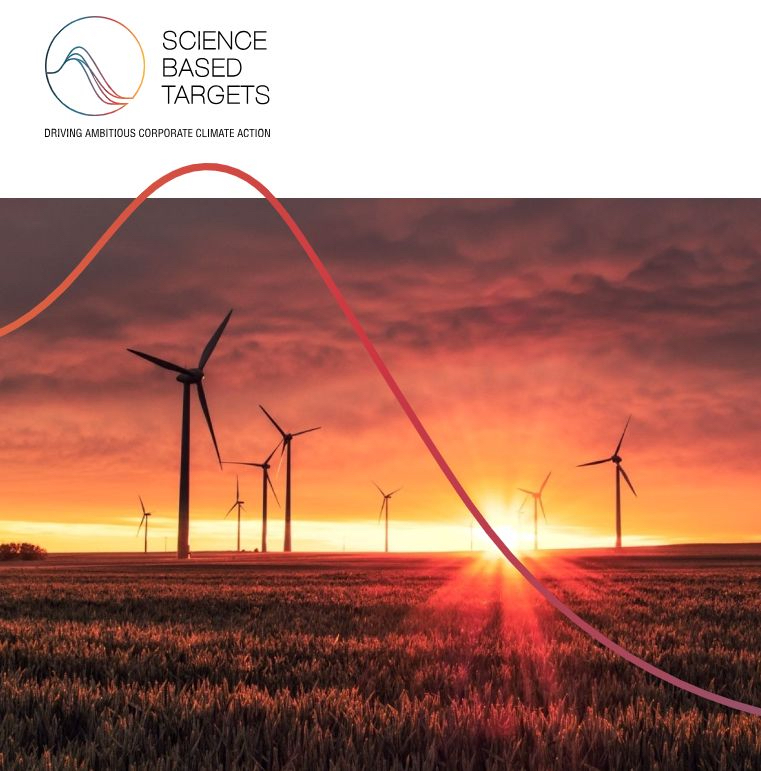Here is the second instalment in the Morelli Consulting science-based targets blog series, from our director, Faye Bennett-Hart, MIEMA CEnv
For an introduction to this topic, you can visit the first blog in the series.
However, if you are ready to learn more, please read on.
There are many things to consider when going through the process of setting a target. How to define your Scope 2 emissions target, is one of them.
Market-based or not market based, that is the question….
As part of setting a science-based target, you need to make various decisions around how that target is going to be measured.
One of these decisions is – which method will the company use to track performance towards its scope 2 (indirect emissions) target?
The options for scope 2 measurement are location-based, market-based or both.
What is the difference between location-based and market-based?
Location-based emissions from purchased and consumed electricity, is calculated using emissions factors that provide the ‘grid-average’ carbon intensity of the fuel mix at that location. For example, the UK grid average, for any electricity purchased in the UK.
Market-based emissions calculations can incorporate where a business may have purchased specifically renewable, or a ‘greener fuel mix’ for their electricity.
Deciding upon the right option when it comes to how you track and achieve your emissions reductions, can be a difficult choice.
Considerations are:
Under location-based emissions tracking, the ways you will be able to reduce scope 2 emissions are through:
1. Energy efficiency measures.
2. ‘Behind the meter’ onsite renewable energy generation i.e. energy is not fed into the grid.
3. ‘Greening’ of the energy grids, which depends on grid fuel mix at specific locations and is related to government policies, so ‘greener’ energy sourcing isn’t necessarily guaranteed.
The ways to reduce scope 2 emissions calculated by the market-based approach is:
1. Energy efficiency measures
2. Onsite renewable energy generation
3. Greener electricity tariff selection i.e. tariffs with higher % renewables in the fuel mix
4. Offsite renewable energy purchases – Renewable Energy Certificates (RECs), PPAs (Power Purchase Agreements) and possibly EACs (Energy Attribute Certificates) (tbc – Science Based Targets initiative has a
‘Call for evidence’ on EACs, out now which finishes this Friday!)
For the two different approaches, it is also important to know the different emissions factors that should be applied. These calculations need to be carefully worked through, before deciding whether to choose ‘market-based’ or ‘location-based’ or both, for scope 2 targets.
At Morelli Consulting we have the experience and expertise to help and guide you through these choices.
If you want to know more about setting science-based targets, contact us at [email protected]


